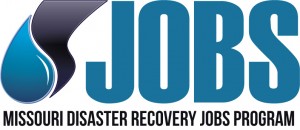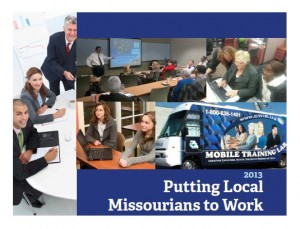 Site Selection magazine’s July 2013 edition includes a profile on Missouri’s Certified Work Ready Communities initiative. Site Selection provided background on CWRC, Joplin’s success in rebounding from the tornado disaster, and plans for the future. The article includes a graphic on the first 14 counties to participate in Missouri. The article runs on pages 139-140. The digital edition of the magazine is available as a web-based application online.
Site Selection magazine’s July 2013 edition includes a profile on Missouri’s Certified Work Ready Communities initiative. Site Selection provided background on CWRC, Joplin’s success in rebounding from the tornado disaster, and plans for the future. The article includes a graphic on the first 14 counties to participate in Missouri. The article runs on pages 139-140. The digital edition of the magazine is available as a web-based application online.
Site Selection magazine is an internationally circulated business publication covering corporate real estate and economic development. Published six times a year by Conway Data Inc., the magazine reaches more than 43,000 qualified subscribers with timely news, information and analysis on significant industrial facility expansion activity and site location trends worldwide. Subscribers are high-level corporate executives with decision-making responsibility for business locations.



 A four-color, 24-page
A four-color, 24-page 
